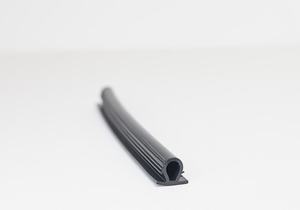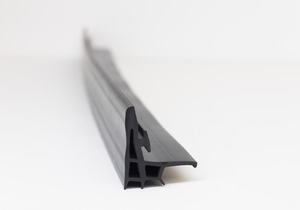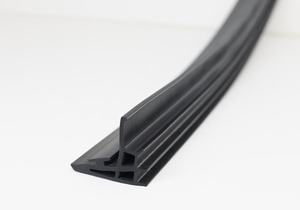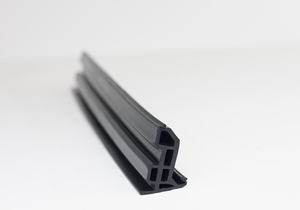PVC (Polyvinyl Chloride) window and door systems represent a revolutionary and highly versatile building material that has transformed the construction and architectural industry over the past few decades. These systems are widely recognized for their exceptional durability, energy efficiency, aesthetic appeal, and low maintenance requirements, making them a popular choice for both residential and commercial projects. In this comprehensive description, we will delve into the various aspects of PVC window and door systems, highlighting their key features, benefits, applications, and environmental considerations.
Key Features and Components:
- Material Composition: PVC, a synthetic polymer, serves as the primary material for these systems. It is known for its remarkable strength, resistance to moisture, and thermal insulation properties.
- Profile Design: PVC profiles come in a variety of styles, including casement, sliding, tilt-and-turn, and more. These profiles are engineered to accommodate different architectural designs and aesthetic preferences.
- Glass Options: PVC window and door systems can incorporate a range of glazing options, such as double or triple glazing, low-emissivity (Low-E) coatings, and gas fills (e.g., argon or krypton), enhancing their energy efficiency and sound insulation capabilities.
- Hardware: High-quality hardware components, including handles, hinges, and locks, ensure smooth operation and enhanced security. Modern systems often feature multi-point locking systems for added safety.
Benefits:
- Energy Efficiency: PVC profiles possess excellent insulating properties, reducing heat loss and preventing drafts. This leads to lower energy consumption and reduced utility bills.
- Durability: PVC is inherently resistant to corrosion, rot, and insect infestation, ensuring the longevity of window and door systems. They require minimal maintenance and are not susceptible to rust or decay.
- Noise Reduction: PVC systems contribute to soundproofing, creating a quieter and more comfortable indoor environment.
- Aesthetic Versatility: PVC profiles are available in a wide range of colors, finishes, and designs, allowing architects and homeowners to achieve their desired look and style.
- Security: Many PVC window and door systems incorporate advanced locking mechanisms and reinforced profiles, enhancing security and providing peace of mind.
- Environmental Sustainability: PVC is fully recyclable, and many manufacturers utilize recycled materials in their production processes. Additionally, the long lifespan and energy-saving properties of PVC systems contribute to reduced carbon emissions over their lifetime.
Applications:
- Residential: PVC window and door systems are a popular choice for residential properties, offering a combination of aesthetics, energy efficiency, and security. They can be customized to suit various architectural styles.
- Commercial: These systems are commonly used in commercial buildings, such as offices, retail spaces, and hotels, where their energy efficiency and low maintenance requirements are highly advantageous.
- Industrial: In industrial settings, PVC doors are often used for their durability and resistance to harsh environmental conditions, while PVC curtains serve as effective barriers in warehouses and manufacturing facilities.
- Institutional: Schools, healthcare facilities, and government buildings benefit from the noise reduction, security features, and energy efficiency provided by PVC window and door systems.
Environmental Considerations:
PVC window and door systems have come a long way in terms of their environmental impact. Manufacturers are increasingly adopting sustainable practices, including recycling PVC material and reducing energy consumption during production. Additionally, the long lifespan of PVC systems and their energy-saving qualities contribute to a positive environmental footprint over their lifecycle.
In conclusion, PVC window and door systems are an essential component of modern construction, offering a myriad of benefits, from energy efficiency and durability to aesthetic versatility and security. As the construction industry continues to evolve, PVC systems are likely to play an even more significant role in shaping the sustainable and comfortable buildings of the future.













